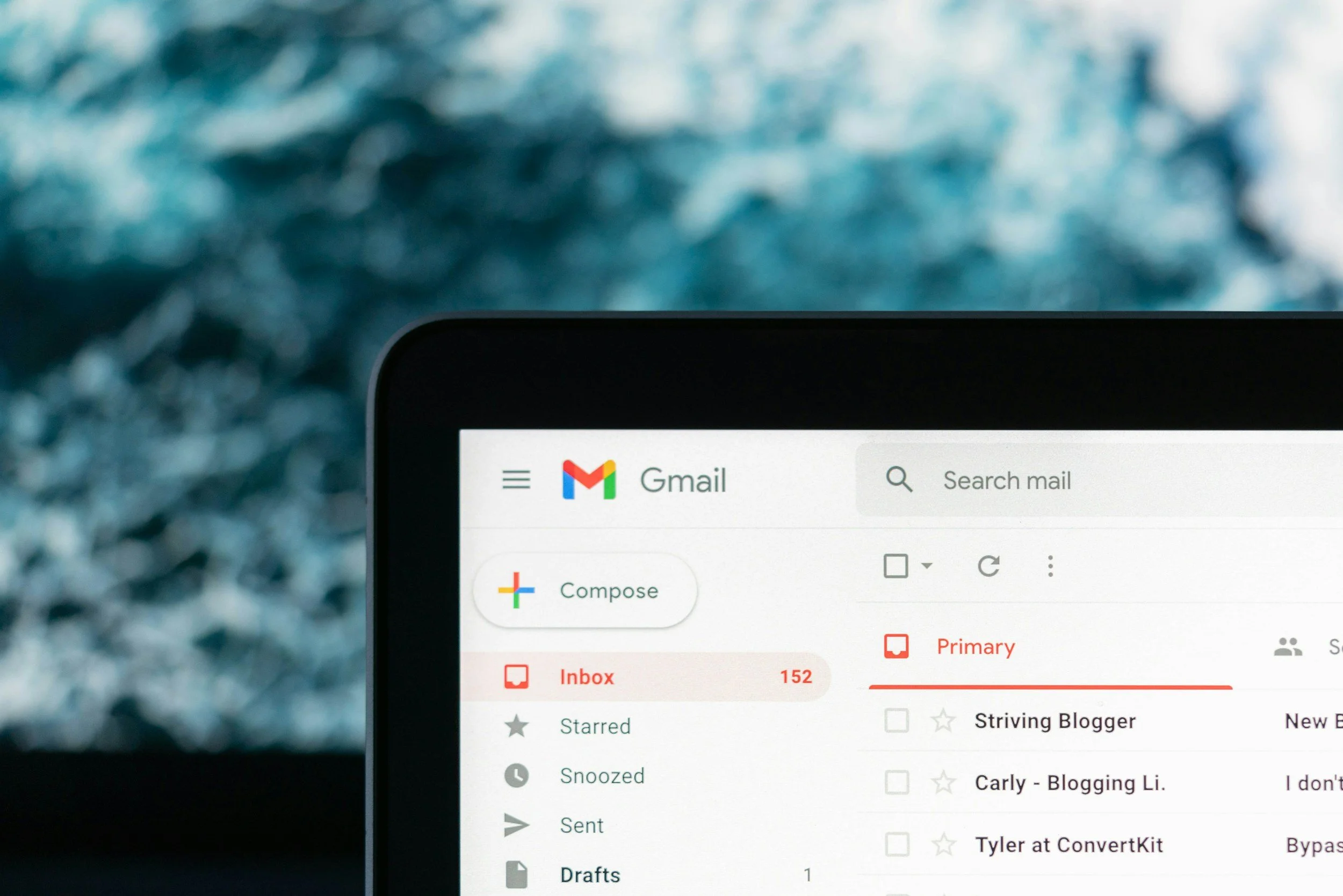I stared at the number: 2,847 unread emails. Each one felt like a small accusation, a tiny failure I was carrying around in my pocket. I'd just come from a training on inbox management, complete with colour-coded folders, the two-minute rule, and a persuasive trainer who promised liberation through systematic deletion. She showed us her pristine inbox: zero messages, zero stress, total control.
I left that training feeling two things simultaneously: inspired by the elegant system I'd just learnt, and ashamed that I'd let things get this bad in the first place. My digital clutter was weighing heavy on me.
I had tried inbox zero before. Multiple times. I'd achieved it, briefly, once or twice. That momentary high of empty white space, the fleeting sense of having conquered something. And then, inevitably, the numbers crept back. 47. … 183… 891.
The Real Problem WHEN It COMES TO OUR INBOX
Research shows that the average professional makes 35,000 decisions daily, and our inboxes demand hundreds of them. Each email is a small cognitive tax, and we're paying with a currency we don't have enough of: mental energy.
Dr Daniel Levitin, neuroscientist and author of The Organised Mind, explains that every unread email occupies a small piece of our working memory, creating what researchers call "cognitive burden." So we're not just carrying messages, we're carrying the weight of all the associated unmade decisions.
Here’s what I found most interesting: the inbox management training taught me how to process emails efficiently. What it couldn't teach me was how to forgive myself for being human in an inhuman system.
The Category Mistake We're All Making
Here's where most of us go wildly wrong: we're using our inbox as a task management system when it's actually a communication channel.
Think of it this way: if someone knocked on your front door and handed you a package, you wouldn't leave it on your doorstep forever. You'd bring it inside and put it where it belongs. Your doorstep isn't storage; it's a transition point.
Your inbox is the same. It's where messages arrive, not where they live.
The goal isn't to manage your email better; it's to translate your email into the appropriate system for what it actually represents. This will take a weight off your mind, trust me!
The Three Systems Your Inbox Actually Feeds
When you process email, you're sorting incoming communication into three distinct systems:
1. Your Task List (for actions without deadlines) "Review marketing proposal" goes on your task list. The email gets archived. You've extracted the action from it.
2. Your Calendar (for time-specific commitments) "Draft quarterly report by Friday" becomes a two-hour calendar block on Thursday afternoon. The email that requested it - you now archive it.
3. Your Reference System (for information) Hotel confirmations, important details you'll need later. Archive with clear labels so you can find them when needed.
What doesn't exist: emails sitting in your inbox starred, flagged or simply waiting for you to "deal with them later."
The Decision Tree That Changes Everything
When an email arrives, ask one question: What does this actually require?
Nothing? Delete or archive it now
Under two minutes? Do it now, then archive
Time-specific deadline? Add to calendar, archive email
Action needed, no deadline? Add to task list, archive email
Information for later? File or label, archive
Notice what's missing? "Leave it in my inbox to remind me to follow up later" …. That option doesn't exist!
The Pause That Makes It Mindful
Here's what transforms this from a productivity hack into a practice: the pause between stimulus and response. Viktor Frankl wrote: "Between stimulus and response there is a space. In that space is our power to choose our response." We’re going to apply that same mindful pause to dealing with our digital overwhelm today.
Before you open your inbox, take three deliberate breaths. Notice where you're holding tension. Jaw, shoulders, chest. Ask yourself: "What state am I bringing to this?". If you're already activated (heart racing, mind spinning), those emails will feel more threatening than they are. Your nervous system can't distinguish between a deadline email and a physical threat. Both of these trigger cortisol.
Ground before you open: Notice your feet on the floor. Feel the chair supporting you. These simple cues signal safety to your autonomic nervous system and put you in a calmer, clearer state of mind.
What Your Body Knows
Here's something the most prominent productivity systems miss: your body often knows which emails deserve your attention before your mind does.
Before you respond to an email, pause and notice:
Does your breathing change when you read it?
Do your shoulders creep up?
Does your stomach tighten or your jaw clench?
Or do you feel spacious, clear, energised?
These aren't random reactions. They're your nervous system's assessment of whether this request aligns with your capacity and priorities.
Have you ever written a positive response, but your body contracts? That's valuable data, because maybe this isn't actually a yes. Maybe it's a "yes because I feel guilty saying no." So notice the cues as you go. Mindfulness means bringing awareness to the gap between what you think you should do and what your system has capacity for.
The Three-Times Rhythm
Check email at three designated times: mid-morning (after your most important work), midday, and late afternoon. Not first thing when you wake up! That hands your attention to other people's agendas before you've even claimed your own day, and this strategy doesn’t set you up to succeed.
Research by Gloria Mark at UC Irvine shows it takes an average of 23 minutes to fully return to a task after an interruption. That means every email check fragments your focus and comes at a cost. The best way to beat this is to block 30-45 minutes for each session. Enough time to make thoughtful decisions without creating urgency where none exists.
You can set a note in your signature or even an auto-responder: "I check email three times daily and typically respond within 48 hours. For urgent matters, please call." People respect clearly communicated boundaries!
TRY Practising Digital Grace
Dr Kristin Neff's research shows that self-compassion doesn't make us complacent; it makes us resilient. When we stop berating ourselves for being imperfect, we free up energy to actually address what needs addressing.
When shame arises about your overflowing inbox, try this self-compassion practice instead:
"This is a difficult moment" (acknowledgement)
"I'm not alone. Everyone struggles with email overload" (common humanity)
Place a hand on your heart: "May I be kind to myself as I move through this" (self-kindness)
After each email processing session, close your laptop and take three breaths before moving to the next task. This signals to your nervous system: "That's complete. We can let it go now."
Before moving from email to your next task, take sixty seconds to reset:
Stand up and stretch
Look out a window at something distant
Take three breaths where the exhale is longer than the inhale (this activates the vagus nerve, signalling safety)
Then ask: "What does this next task need from me?" Give yourself five minutes to transition. Walk, make tea, sit in silence. You're not wasting time here, you're recalibrating.
Your Turn: Start Here
If you're sitting with your own version of 2,847 unread emails, here's where to start:
Today:
Before implementing any new inbox system, try this: Open your inbox and, instead of immediately feeling shame at the number, pause. Take a breath. Say out loud or in your mind: "This is my current reality, and I am doing my best."
This week:
Declare gentle bankruptcy: Select all emails older than 30 days. Archive them in a folder labelled "Pre-[today's date]." If anything truly urgent was in there, it's already been handled another way or will resurface.
Choose your three times: When will you check email? Put these times on your calendar as "Email Processing" appointments. Remember - not first thing in the morning.
Practise the decision tree: For each email: Delete/archive, do it now (under two minutes), add to calendar (time-specific), or add to task list (action needed). Everything gets a decision. Nothing stays in your inbox.
Next week:
Notice what surfaces. Which emails actually mattered? Which requests found another way to reach you when you didn't respond immediately? You're gathering data about what truly deserves your attention.
Right Now, In This Moment
Your inbox exists. Your unread count exists. But right now, in this moment, you're just reading these words. Your breath is moving in and out. You're making it through. Mindfulness teacher Pema Chödrön says: "You are the sky. Everything else is just the weather." Your inbox is weather. It will change. You remain.
My inbox sits at zero most days now. But sometimes it doesn't, and I've learnt to make peace with that too. Your 1,847 unread emails aren't evidence of your inadequacy. They are evidence that you live in a world that generates information faster than any human can process it. They're evidence that you're not a robot …. and thank goodness for that ;)
The next time you open your email, before looking at the count, take one full, deep breath. Then open it. Not from a place of dread or determination, but from simple presence. That's where grace lives. Not in having it all sorted, but in meeting each moment as it actually unfolds.
What would shift if you brought the same gentle attention to your inbox that you'd bring to a meditation practice?
Not trying to perfect it, but simply being present with and accepting of what it is, right now?


